Introduction
This article outlines the various Open-Source Software tools being developed & maintained by Hackergram, a network of individuals which connects communities by the means of technology.
History
Hackergram — founded in 2012–13 after initial discussion among founder members who came from varied backgrounds like arts, community behavior and dynamics and tech-enthusiasts.
The Mojolab Foundation — was registered as a foundation trust around the same time with the intention of developing & maintaining non-revenue generating projects, eg. News Reporting for Rural Communities.
TechZone Academy — is a startup which works in rural Uttarakhand on skill training, developing software for the general public & enterprises and supporting new and upcoming businesses by providing services. Pay As You Like (PAYL) is one model that Team Hackergra uses for some kind of work with some customers.
The primary aim is to develop Open Source Software for public good & communities.
Software Tools
1. Mojobol
During the fiscal year 2011–12 CGNet Swara had a Software requirement for IVR Systems. A basic IVR platform with a Phone SIM connected to a Server physically was developed. In this, the call arrives & then the Asterisk PBX system took over after that.
Mojobol — asterisk.py contains all source code for the system to interact with python. Developed initially by a Microsoft Research Student. It is an IVR (Interactive Voice Response) system which when run, can read, interpret call flows made using Verboice Designer and play as an automated telephonic response.
Team Hackergram integrated it into a Laptop Server that was essentially a GSM (Global System for Mobile Communications) Gateway. Thus, they made it portable. The codebase ‘Mojobol’ is under GPL licence.
Key difference between Swara and Mojobol is the number of call flows and flexibility in design. Verboice (Open-Source tool) was used. It basically translates the callflow to a .xml file.
It has been set-up for various entities as outlined below:
- Environics Trust — In the Sharda valley near Indo-Nepal International border. The idea was to develop a platform that would enable the residents to talk about locally relevant issues, Eg. Ecological Shift due to Pancheshwar Dam, Trafficking across the border etc. As part of the project, two servers were setup, one in Nepal and other in India so as to track the safety of migrant labourers at Banbasa, as a lot of human-trafficking goes on in that area.
- Jal Jeevika — connect with fisheries providers managing ponds. A community of experts can answer their questions. A mobile app also has been developed in this regard which provides an interface for easy connect between the experts and the fisheries managers. This platform will provide location-specific advisory support, market intelligence, IVR based support services for small farmers and link them to various support agency like a bank, a government program, insurance agency for better integration.
- JSS, Ganiyari — to help ASHA, Anganwadi workers track births and other parameters in rural landscape.
- Indonesia — by palm oil plantation people to establish a Community TV System.
- Afghanistan — to track violence activities against women.
- Uttarakhand — JSS set up a helpline during the Covid-19 pandemic to sensitize people about the vaccines.
Repository : https://gitlab.com/mojolab/mojobol
2. Shwaas
Shwaas is an upgrade to two earlier tools, Swara & Mojobol. It is a completely open-source tool which is quite robust. In Shwaas we can add custom callflows, program various buttons and
also transmit it by using a minimal amount of hardware.
It uses Open-source tools such as Asterisk, LinPhone also.
Repository : https://github.com/hackergram/shwaas-extended
3. Xetrapal
How much internet can one automate?
This question got Team Hackergram thinking in 2018 after the Cambridge Analytica scam had broken. As a consequence to this event, A lot of platforms eg. Facebook closed their API’s accessibility. Trying to find hacks to this. One name which pops to mind is Selenium, an automation platform for testing software.
There are a few questions which come to mind when we here automation:
Could we interact with Facebook Pages ? Could we simulate human activity on Twitter ? and so on and so forth…
Security Agencies are quite interested in this to understand its utility in the defense sphere eg. How do you identify a fake profile on a social-media platform etc.
Social Media platforms have started being vigilant against this kind of automated activities. Hence, tools like these need to be constantly updated.
Xetrapal can perform Open-Source Intelligence Gathering eg. Automating News Reports Scanning, Media Monitoring etc.
4. DIET ChatBot & Natural Language Processing
CIS(Center for Internet and society), Bengaluru-Asked to use Machine Learning to judge whether in Hindi TV Media sector, male journalists were more trolled than their female counterparts. It was found that the difference is negligible and both are trolled almost in equal amounts.
Diet Chatbot Platform — as a tool to develop good quality chatbots. It has Largely human based training.
The challenge here is to make domain specific conversational interfaces.
5. Sammati & Distributed Ledger Technology
In the 21st Century, fuelled by a rapidly changing world powered by the Internet. Digital currency makes barter possible. Hence, we require tools to transact, to be able to keep a check on the transactions, ensure authenticity and security in the whole process, thus leveraging Distributed Ledger Technology (DLT) & Social Equity Exchange. Ultimately, we would be able to Transact Value without Transacting Money.
‘Sammati’ a Hindi word means consensus and consent means permission with a common understanding. Hence, it is an apt name for a tool which is being developed by Team Hackergram in the emerging area of DLT (Distributed Ledger Technology).
6. COWMesh
COWMesh (Community Owned Wireless Mesh) is a mechanism for communities to take ownership of local communications and reduce the cost of access to information. The model is particularly useful for remote communities where information access is available only at a premium cost. COWMeshes use WiFI and other low cost deregulated media to share content locally.
It has practically been implemented at Rani Kajal Jeevan Shala, a community-run school in the hinterlands of Alirajpur in Madhya Pradesh.
The Road Ahead
Team Hackergram is looking for people who can contribute to the list of software tools and also in the development of new-age technologies tools.
Co-create with us !
listener@hackergram.org
Originally published here – https://ikalorano.medium.com/open-source-software-at-hackergram-6182a0869b5a
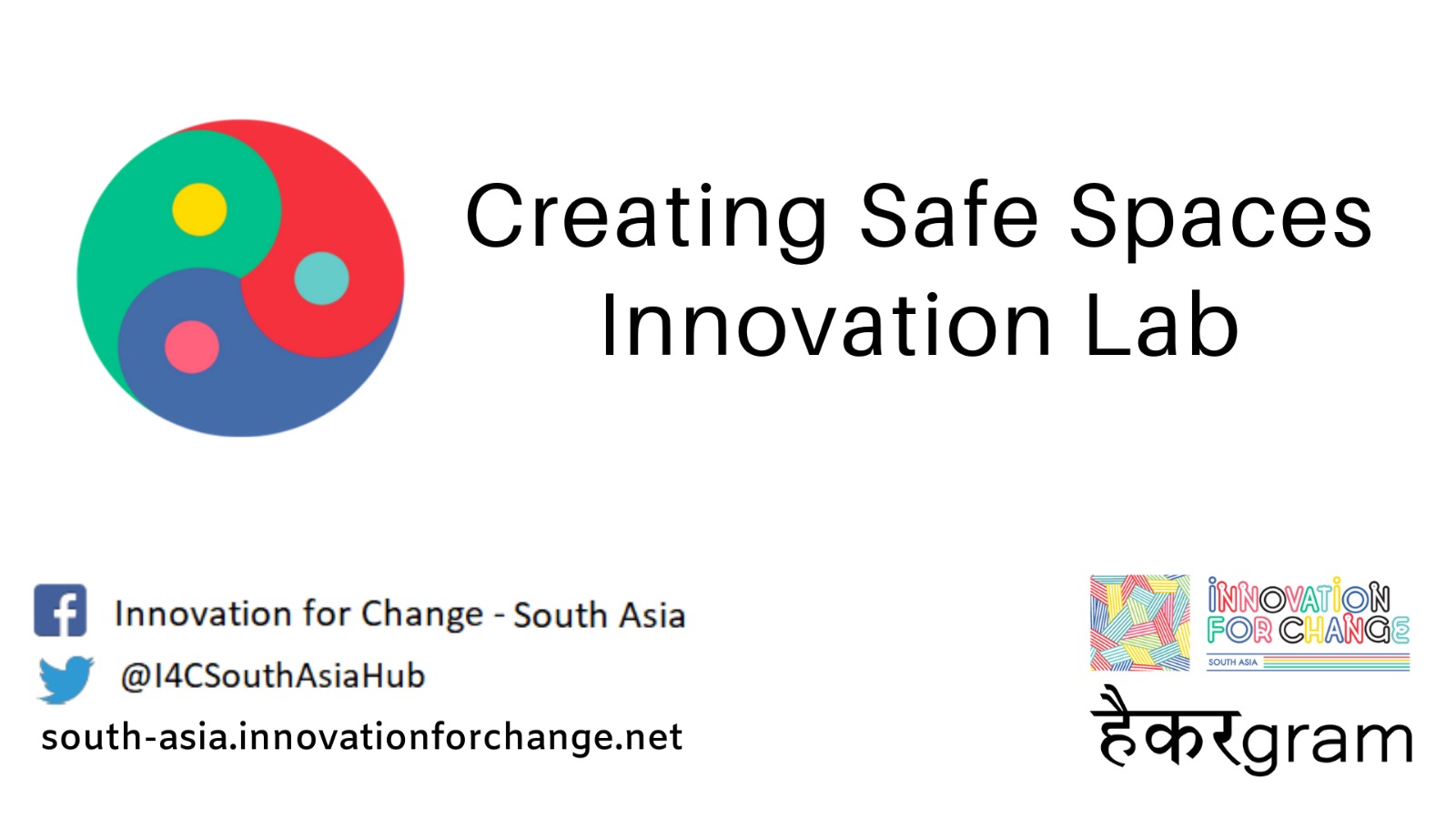
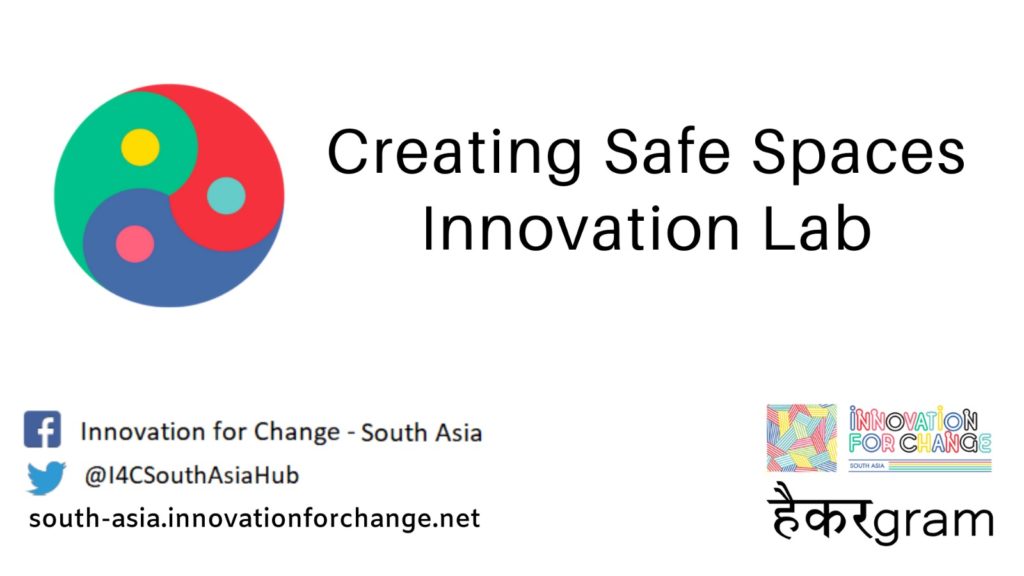

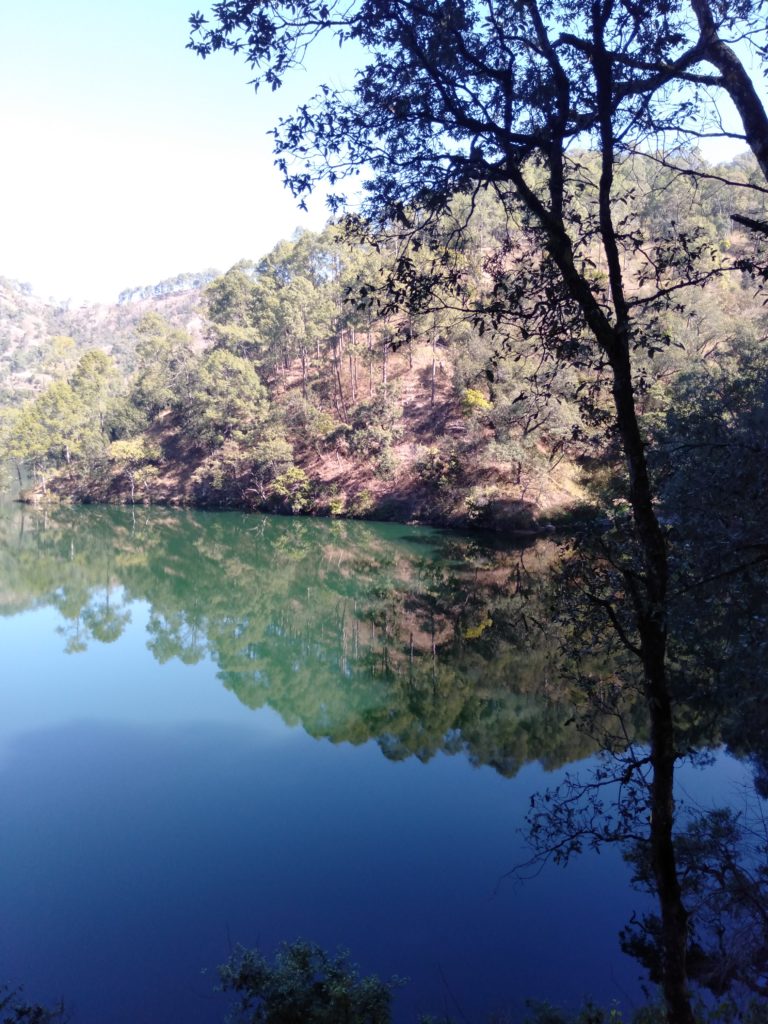
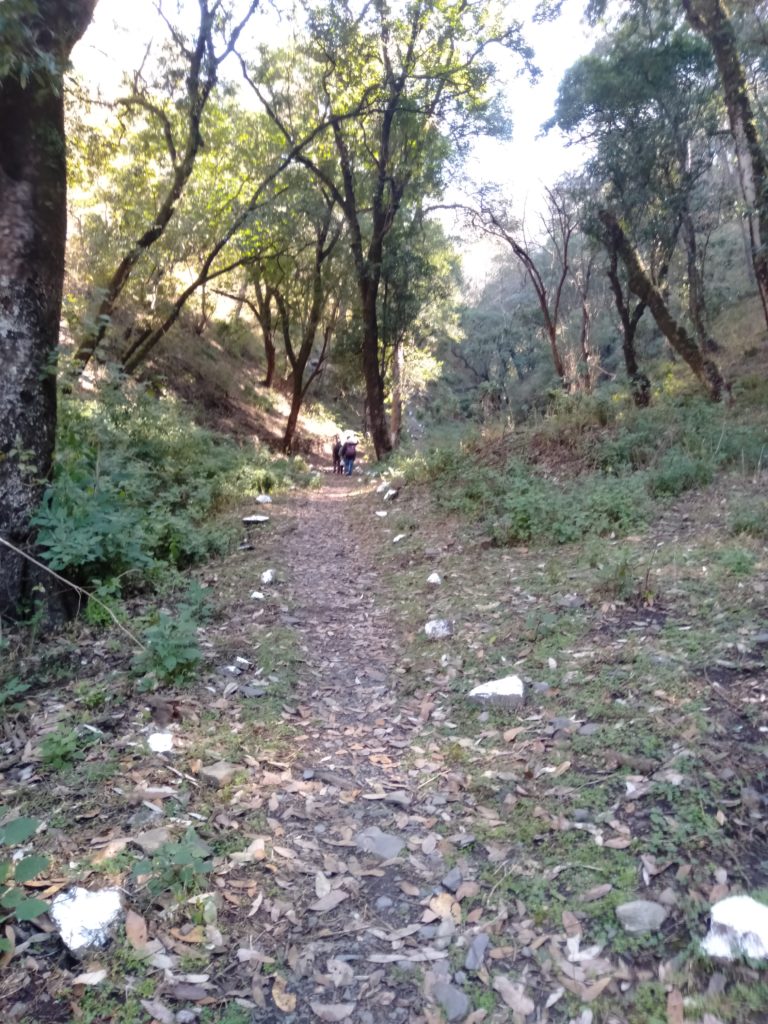
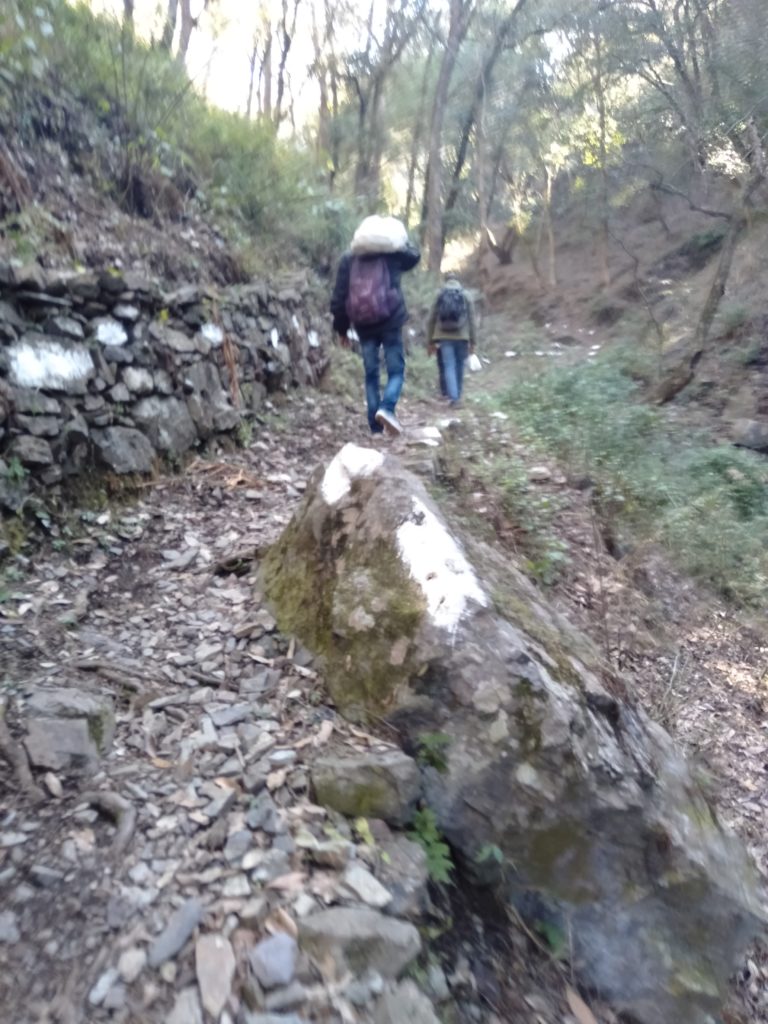
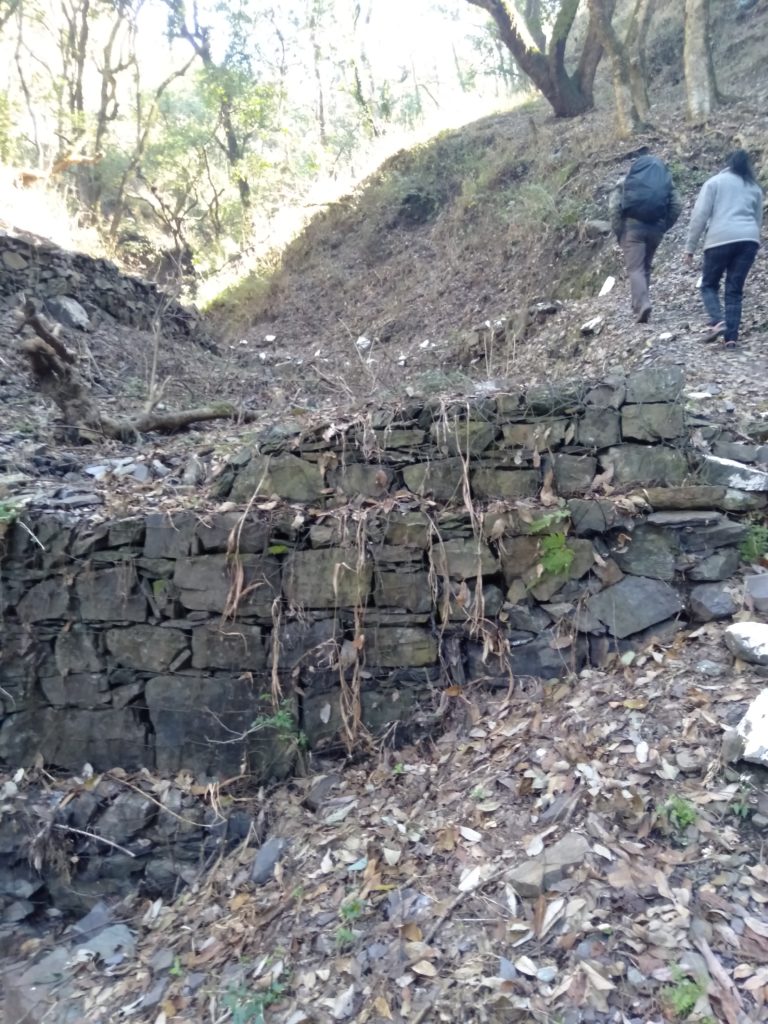

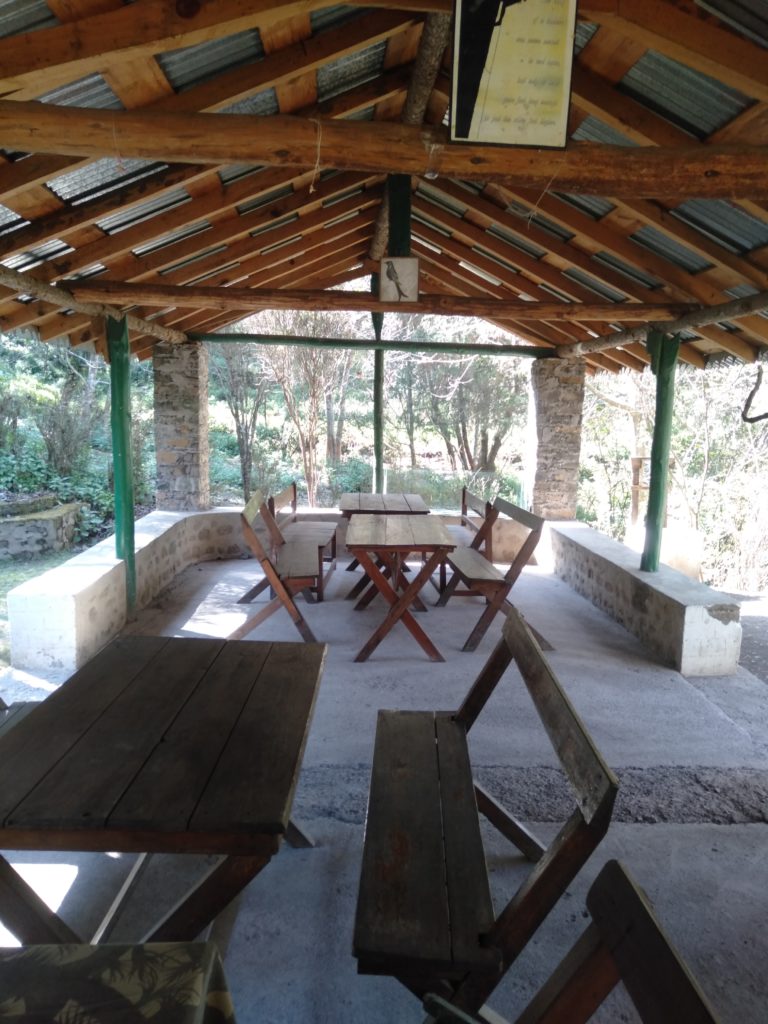
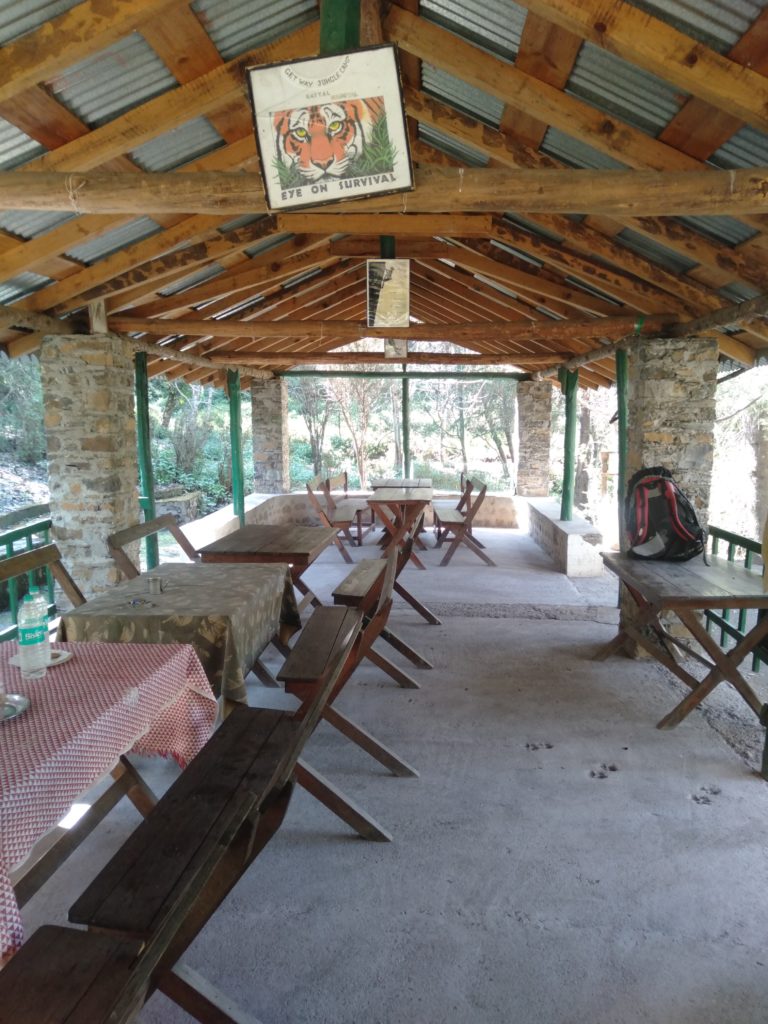

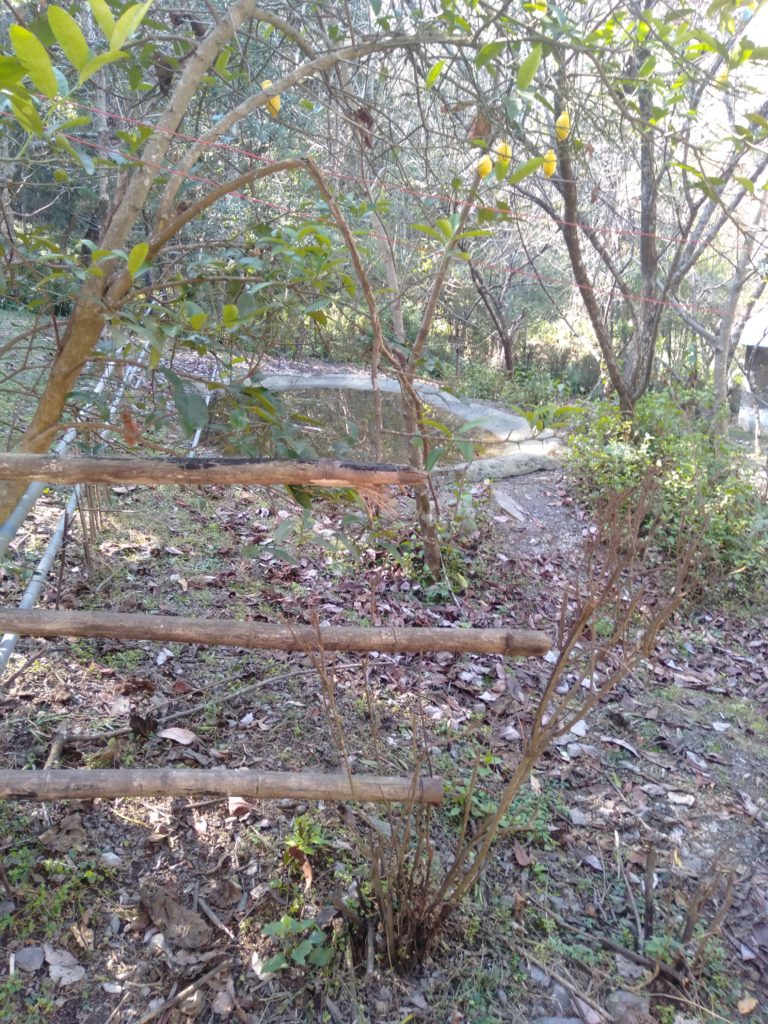
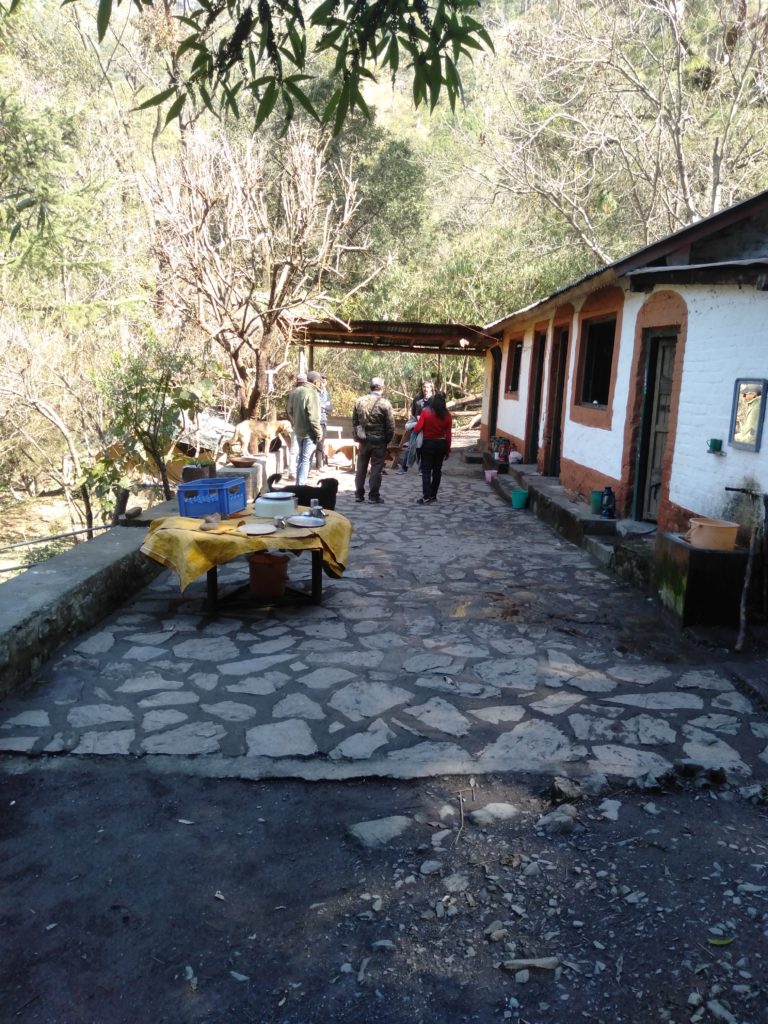
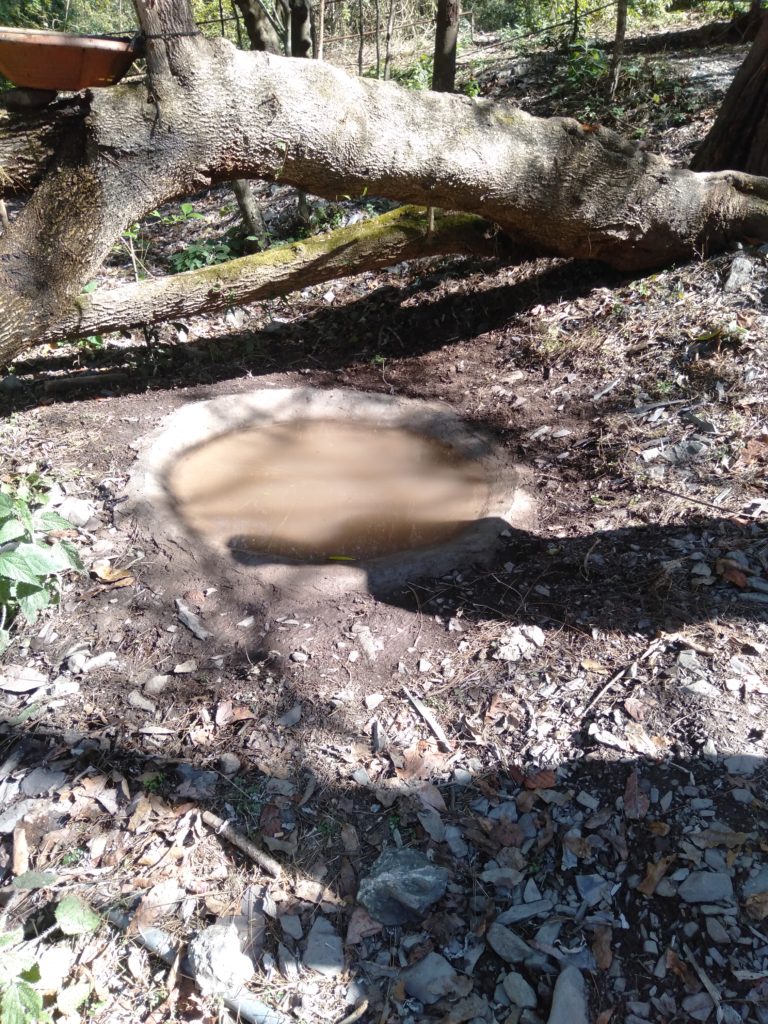
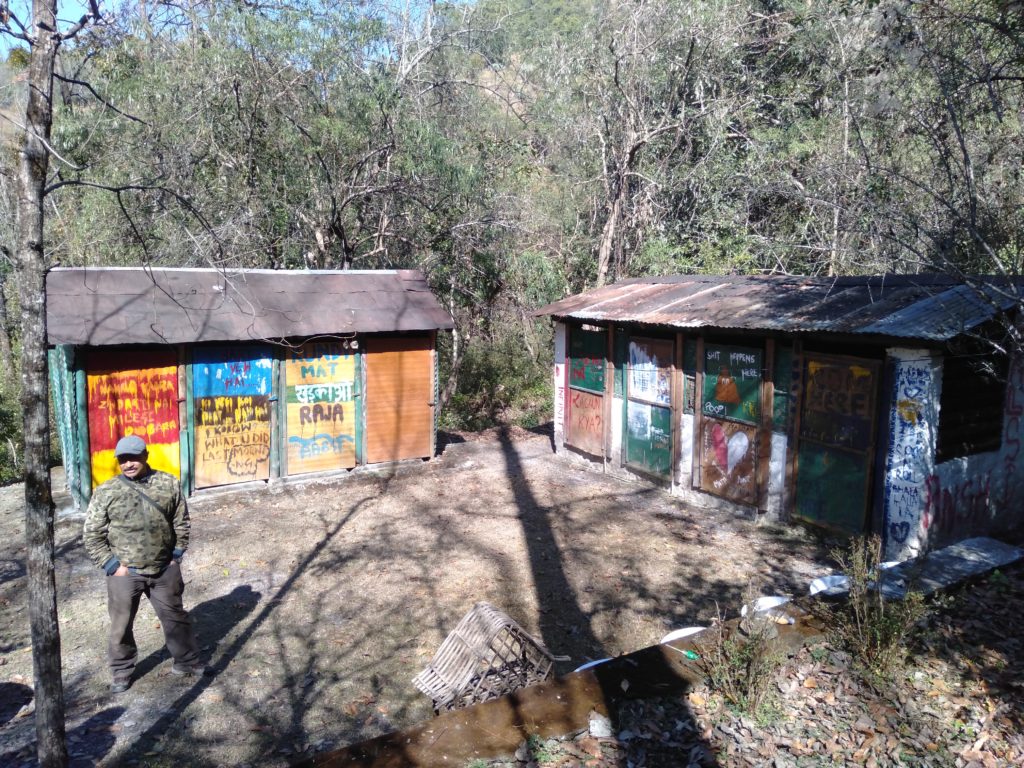
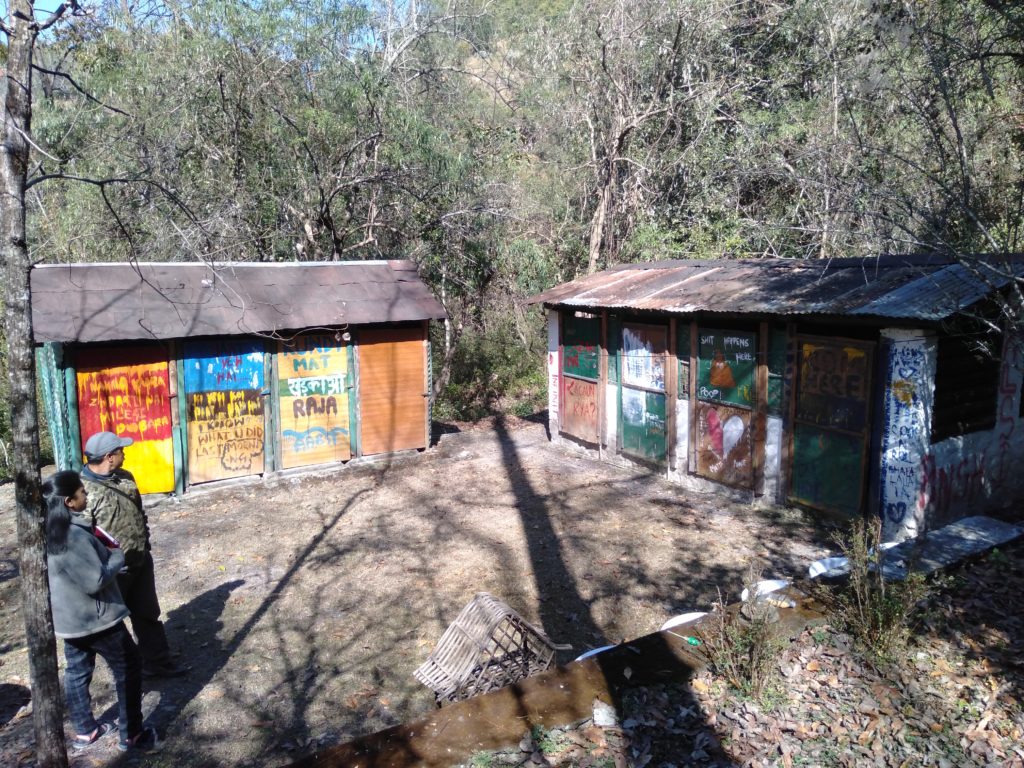
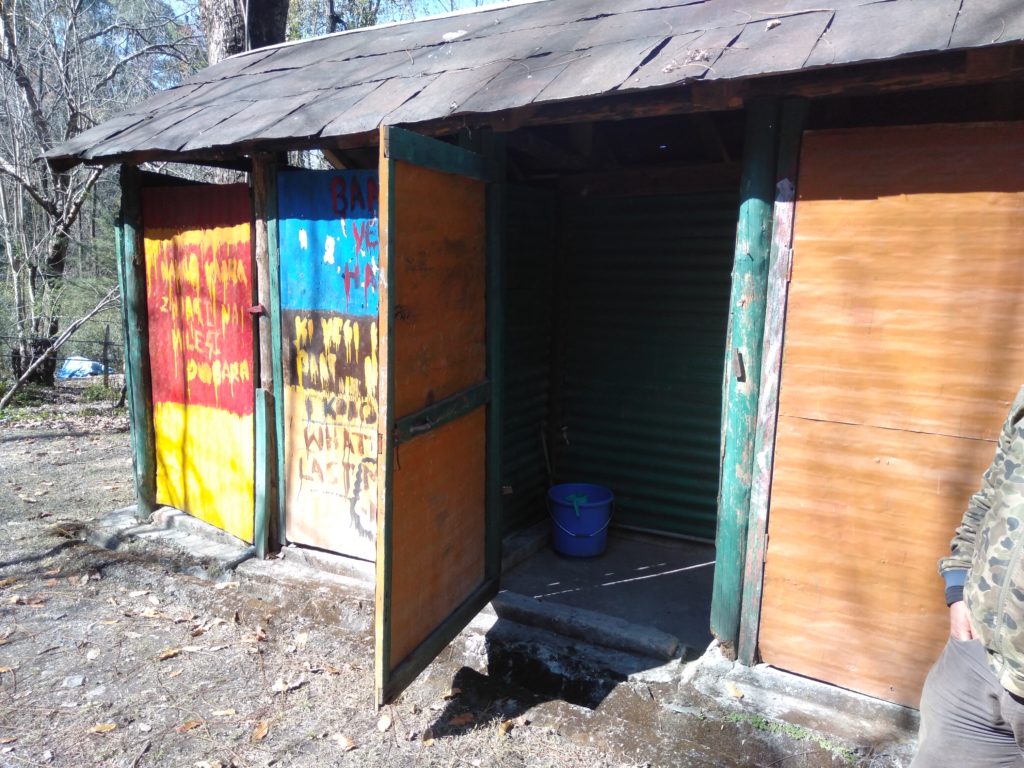
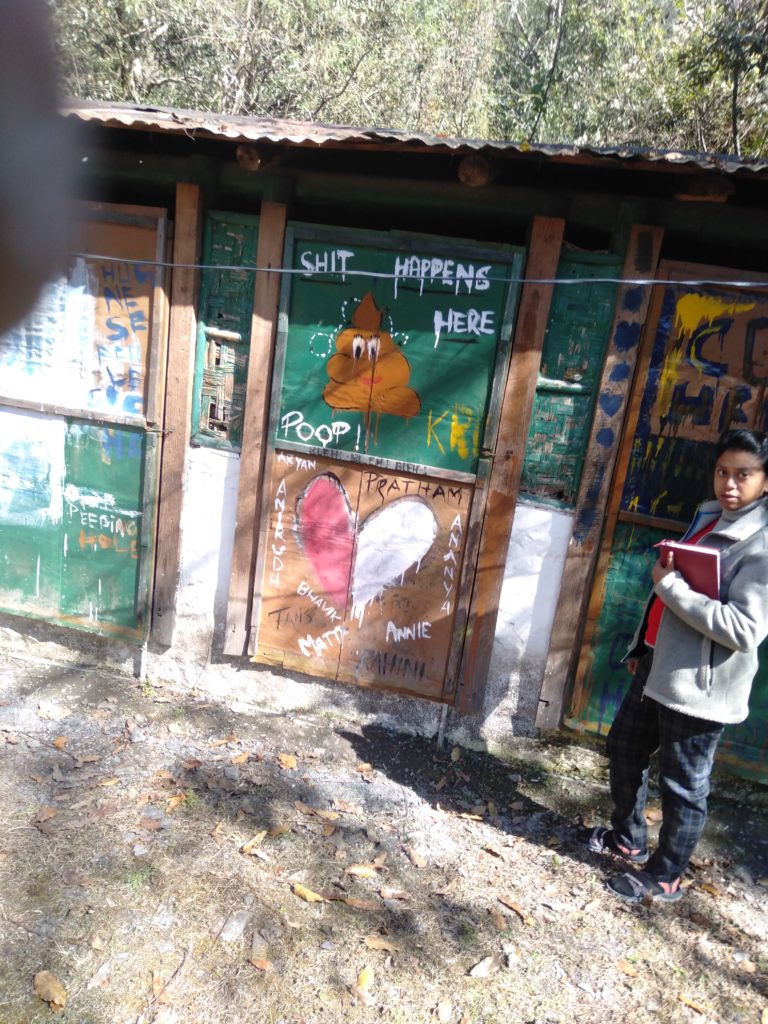
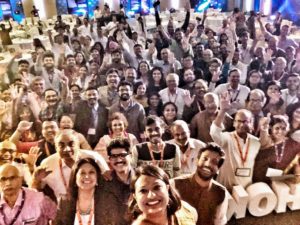 Last weekend, after a long hiatus from conventions and gatherings, I attended the
Last weekend, after a long hiatus from conventions and gatherings, I attended the  Whether you believe in free will or predestination, reproduction is something you’re not alien to. Everyone thinks about it, everyone has an opinion about it, and everyone is in some way engaged in it. There are several forms of reproduction, but all can be classified into asexual and sexual, with the differentiator being that asexual reproduction requires only one organism and sexual reproduction requires at least two. Reproduction is also one of the accepted “signs of life” along with homeostasis, metabolism and response to stimuli.
Whether you believe in free will or predestination, reproduction is something you’re not alien to. Everyone thinks about it, everyone has an opinion about it, and everyone is in some way engaged in it. There are several forms of reproduction, but all can be classified into asexual and sexual, with the differentiator being that asexual reproduction requires only one organism and sexual reproduction requires at least two. Reproduction is also one of the accepted “signs of life” along with homeostasis, metabolism and response to stimuli.